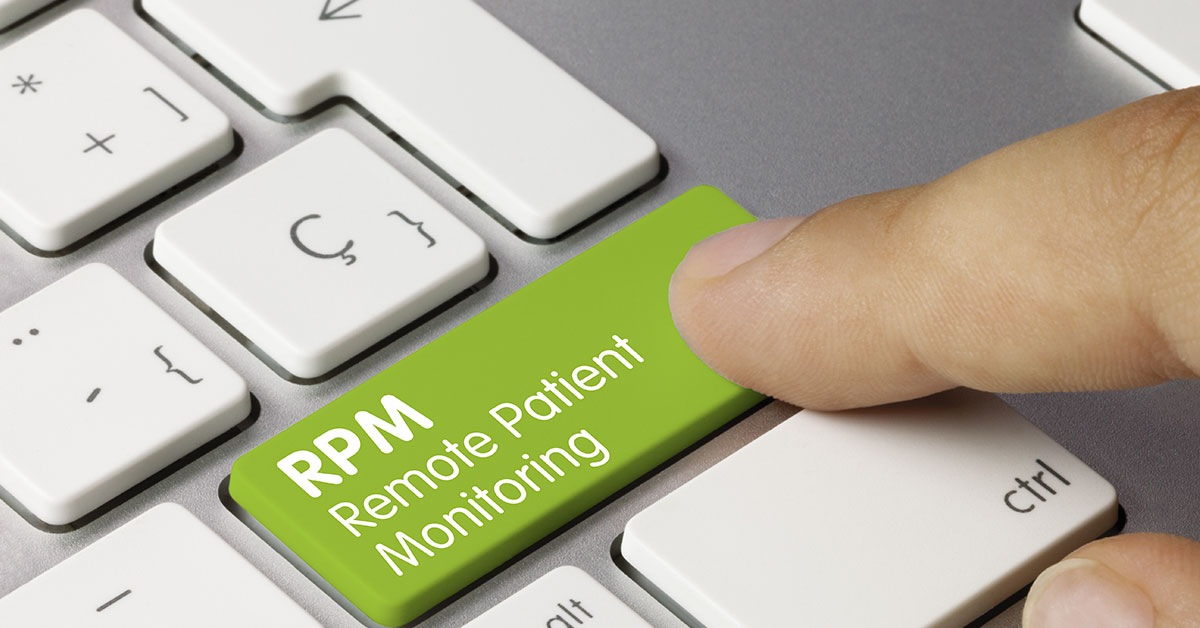
The healthcare industry has undergone tremendous transformation over the years, with the objective of providing efficient and superior medical care services to patients. With the advancements in technology, healthcare is no longer confined to hospitals and clinics, as patients can now access medical care from the comfort of their homes. Remote patient monitoring platforms have gained significant traction in the healthcare industry, revolutionizing patient care and enabling doctors to provide timely medical attention. In this blog post, we will explore remote patient monitoring platform and their growing impact on healthcare.
Remote patient monitoring platforms involve the use of technology to monitor a patient’s vital signs or medical parameters using mobile medical devices. The healthcare industry has been shifting from reactive to proactive medical care, with the objective of diagnosing and treating patients before health conditions escalate. Remote patient monitoring has been a game-changer in achieving this objective, as it allows healthcare practitioners to receive real-time data regarding patients’ health conditions and promptly respond to any changes.
The rise of remote patient monitoring platforms can be attributed to several factors such as the growing aging population, rising healthcare costs, and the need for post-hospitalization care. Elderly patients often require constant monitoring due to chronic health conditions, and remote patient monitoring platforms offer an efficient solution by reducing hospital readmissions and improving patient outcomes.
Remote patient monitoring platforms have also proven to be an effective tool in the management of chronic diseases such as diabetes, hypertension, and heart disease. Patients can monitor their blood pressure, blood sugar, and other vital signs from the comfort of their homes, and healthcare providers can access real-time data and provide personalized medical attention. This has not only improved patient health outcomes but also reduced healthcare costs by eliminating unnecessary hospital visits.
The COVID-19 pandemic has further accelerated the adoption of remote patient monitoring platforms, as patients are increasingly encouraged to avoid physical contact with healthcare facilities. With remote patient monitoring, patients can receive medical care without leaving their homes, reducing the risk of transmission of infections and freeing up medical staff to attend to critical cases.
Additionally, remote patient monitoring platforms have been a significant tool in improving healthcare access in rural areas or areas with limited access to medical facilities. Patients in these areas can now access medical care virtually, improving their health outcomes and overall quality of life.
Conclusion:
The COVID-19 pandemic has underscored the importance of expanding and embracing the adoption of remote patient monitoring platforms in providing efficient and safe medical care services. The technology has proven to be a game-changer in the healthcare industry, providing doctors with real-time data to diagnose and treat diseases promptly. The rise of remote patient monitoring platforms has not only improved patient health outcomes but also reduced healthcare costs, making medical care more affordable and accessible to all. As we navigate through the pandemic, it is imperative to embrace the future and continue to adopt remote patient monitoring platforms in providing superior healthcare services to all patients.





